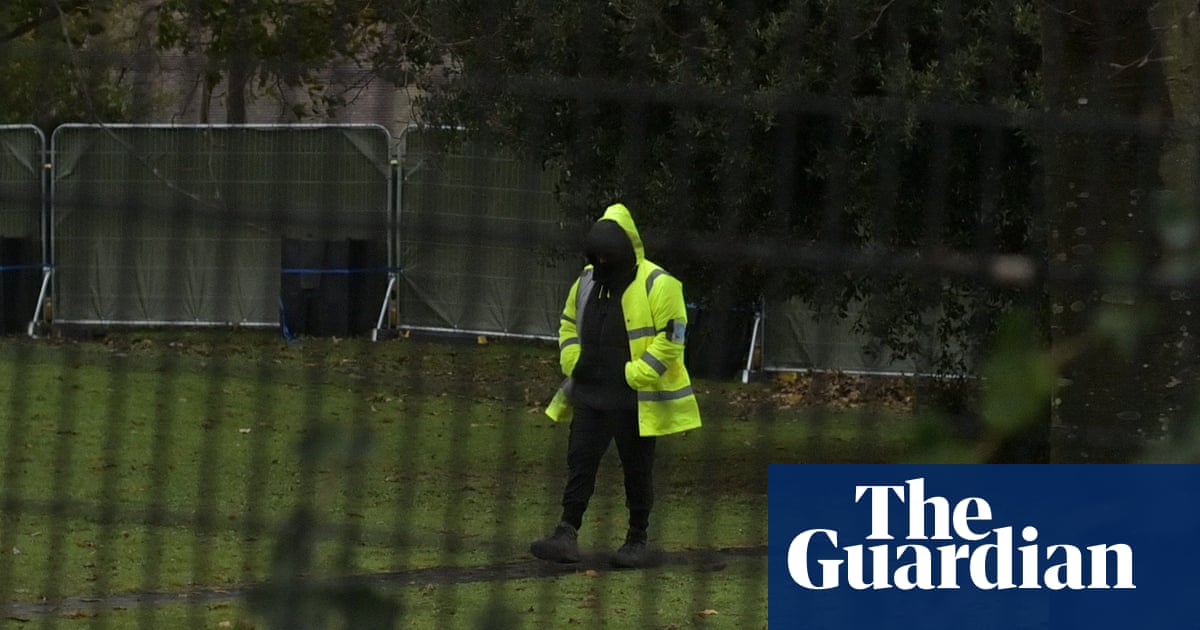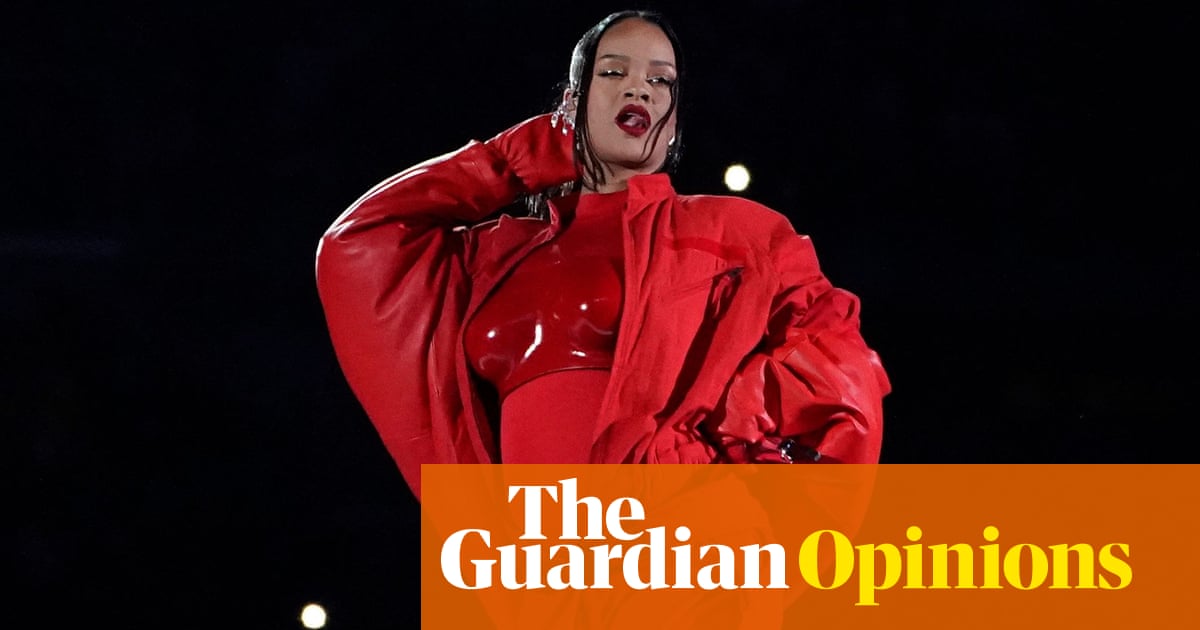
Adisused city landmark that symbolised Zimbabwe’s economic decline has seen a vibrant rebirth this month. Most of the old Greatermans building was closed in 2014 as shoppers abandoned Harare’s central business district for suburban malls. Its parent company Meikles opened one of its Pick n Pay grocery stores on the ground floor but closed off the upper three floors.
Now the Zimbabwe Creative and Cultural Arts (Zicca) team – with permission from the building owner, Old Mutual – has cleaned up eight years of dust and debris in a matter of weeks, and has staged a showcase of visual art, film, fashion, theatre and workshops throughout December.
Greatermans, along with Meikles and Barbours, was among Zimbabwe’s premier department stores in the colonial era, catering to an exclusively white clientele.
After independence in 1980, Greatermans offered upmarket shopping for both black and white, with the store’s generous credit terms across affiliate companies Barbours and Meikles enabling many in Harare to buy the trappings of an affluent lifestyle from 35 departments of furniture, clothing, cosmetics and electronics.
Many cities around the world have lost prestigious stores to competition from online shopping, but the closure of Greatermans was seen as a marker of Zimbabwe’s economic crash as inconsistent government policies and western-imposed sanctions impoverished millions.
Zicca was designed to woo back those Harare residents who rarely venture into the city centre any more. It was the idea of Dr Nozipo Maraire, a neurosurgeon and author, appointed a year ago to the National Arts Council (NAC) by the ministry of culture.
“I’ve always been interested in the arts and come from a very artistic family,” she says. “When I joined the NAC, I talked with the board members about how we don’t have space for arts. One of them mentioned this dream space. We came up here, and it was so dusty that you could see your footprints in the dust. But this space is magical.
“The high ceilings are perfect for art. I’m an urban person, I love the city. And to sit here, look out and see the cityscape and the energy of the city is quite special.”
Nora Mueller was brought in to work on the project and helped design the new space. Mueller grew up in Germany where she says the fall of the Berlin Wall opened up a multitude of empty buildings in the east.
“I was a student, and there were all these empty spaces. The best exhibitions and parties were going on in these makeshift spaces. That’s why, whenever I see an empty building in Harare, I’m amazed. I see all the opportunities and potential, especially when it’s such a beautiful space like the top floor of Greatermans.
Mueller adds: “The skylights are amazing. It’s such a unique space for Zimbabwe. People are not used to going upstairs now because no one wants to go downtown, and the only high-rise buildings are downtown. So it is a unique experience. You almost feel like you’re out of Harare.”
On the top floor, where the skylights bring in natural light, is one of the highlights of Zicca, a visual arts exhibition called Framing the City, featuring artists Tapfuma Gutsa and Wycliffe Mundopa, curated by Moffat Takadiwa.
Throughout December, events have included opera, an urban street-fashion show, a performance by Zimbabwe’s first mbira-punk band, Chikwata 263, and the musicals Heartbreak Mafia by AneUnhu Gwatidzo and Pestilence by Tafadzwa Bob Mutumbi. The film-maker Jonathan Samukange ran a workshop and there was also a science corner for children.
Zicca organisers now hope to make the site a regular art space, open to everyone.












